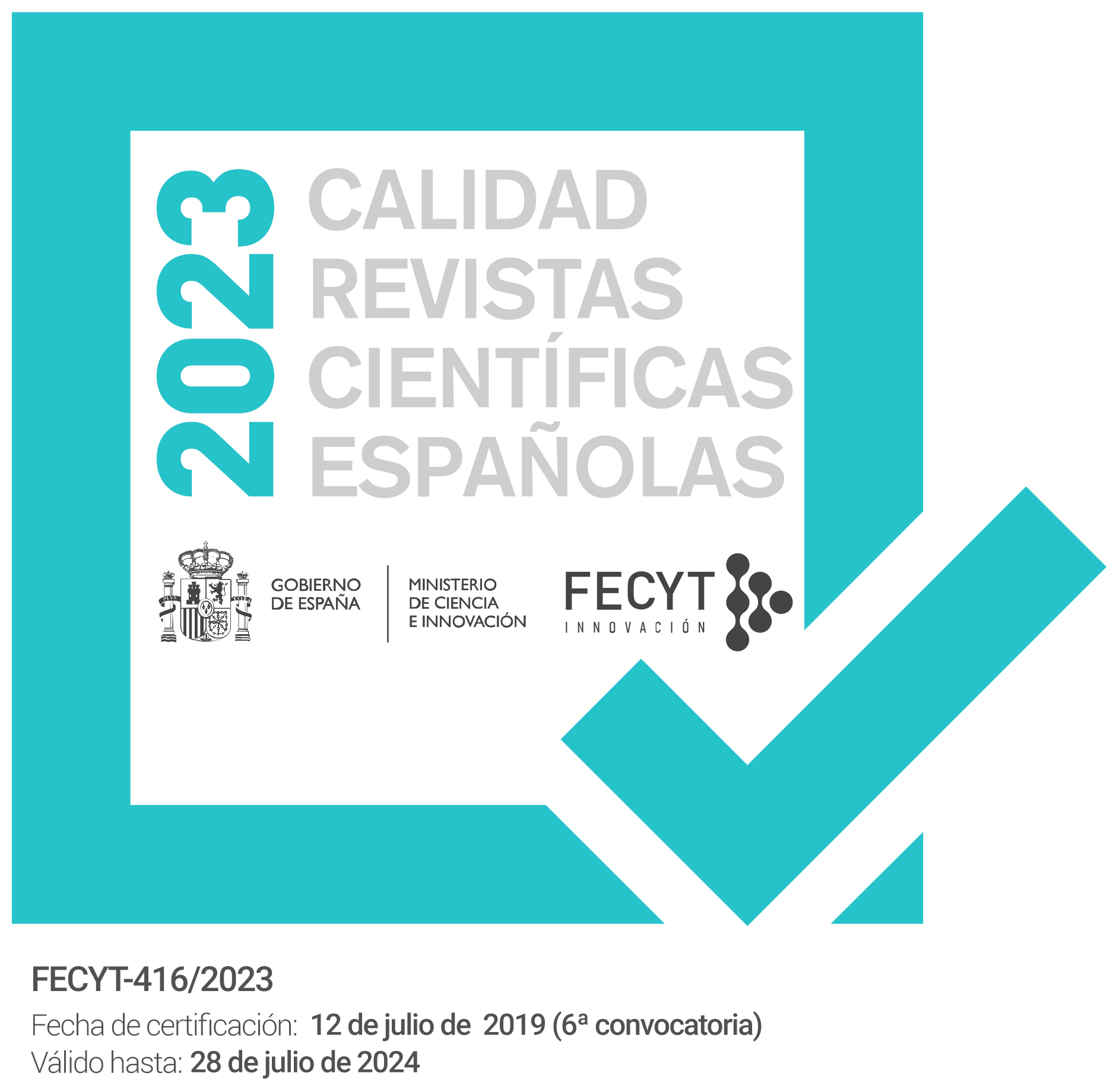The Social Origins and Family Links of the Cluniac Monks of Castile (1380–1505)
DOI:
https://doi.org/10.51349/veg.2023.2.19Keywords:
Cluny, Castile, 15th Century, Monk, FamilyAbstract
In this article, prosopographical study of the Cluniac monks of Castile during the Trastámara period yields a qualitative view of their social origins and family links. Some were monks from the lower nobility, more hidalgos than knights and mainly priors, while a few monks were born from illegitimacy, but most came from the middle classes of both urban and rural society. The article summarizes that monastic communities were socially heterogeneous, and furthermore, that abbots, priors and officials were able to curry favour for their relatives, bringing about their social advancement.
Downloads
References
Álvarez Palenzuela, V.A. (2021): Documentos de Benedicto XIII referentes a la Corona de Castilla, Dykinson, Madrid. http://hdl.handle.net/10016/32581.
Bejarano Rubio, A.; Molina Molina, A.L. (1999): El monasterio de San Zoilo (Carrión de los Condes) a fines de la Edad Media: propiedades y rentas, Servicio de Publicaciones de la Universidad de Murcia, Murcia.
Berlière, U. (1924): Le recrutement dans les monastères bénédictins aux XIIIe et XIVe siècles, Mémoires publiés par l’Académie royale de Belgique, Bruxelles.
Cadiñanos Bardeci, I. (1990): Agoncillo y su fortaleza, Brocar. Cuadernos de investigación histórica, 16: 113-124. https://doi.org/10.18172/brocar.1803.
Cantera Montenegro, E. (1994): La adaptación de la sociedad logroñesa a la crisis bajomedieval. Las minorías, en Historia de la ciudad de Logroño, vol. ii, Ayuntamiento de Logroño, Logroño: 403-454.
Cantera Montenegro, M. (1987): Santa María la Real de Nájera, siglos XI- XIV, Universidad Complutense, Madrid.
Cantera Montenegro, M. (1989): La incorporación de Nájera a la congregación de San Benito de Valladolid, en Homenatge a la memòria del prof. Dr. Emilio Sáez, Universitat de Barcelona, Barcelona: 513-529.
Cantera Montenegro, M. (2011): Colección documental de Santa María de Nájera, siglo XV. Regesta documental, Instituto de Estudios Riojanos, Logroño.
Cantera Montenegro, M. (2013): La comunidad monástica de Santa María de Nájera durante la Edad Media, En la España Medieval, 36: 225-262. https://doi.org/10.5209/rev_ELEM.2013.v36.41425.
Cañas Gálvez, F.P. (2013): Urraca Téllez: Ascendencia social y proyección político-religiosa de una priora de Santo Domingo el Real de Toledo (ca. 1352-1431/32), Mirabilia. Idealismo ou realidade da mulher na Idade Media, 17: 273-304.
Charvin, G. (1965-1972): Statuts, chapitres généraux et visites de l’Ordre de Cluny, 6 vols., Boccard, París.
Diago Hernando, M. (2011): El factor religioso en la actividad politica y social de los linajes de la alta nobleza en la región soriana a fines de la Edad Media, Hispania Sacra, 127: 7-39. https://doi.org/10.3989/hs.2011.v63.i127.265.
Díez Hermano, M.J. (2017): El Índice de San Zoilo de Carrión: la imagen de su archivo a principios del siglo XIX, Tesis doctoral inédita, Universidad de Valladolid, Valladolid. https://doi.org/10.35376/10324/25666.
Discursos (1660): Discursos genealógicos de la nobilísima familia Ruiz de Vergara, Madrid.
Dobson, R.B. (1973): Durham Priory, 1400-1450, Cambridge University Press, Cambridge. https://doi.org/10.1017/CBO9780511561085.
Dopico Blanco, F. (2007): Historia xenealóxica dos Lago de Obaño e Barallobre nos séculos XV e XVI, Cátedra. Revista eumesa de estudios, 14: 185-220.
García Oro, J. (1969): La reforma de los religiosos españoles en tiempos de los Reyes Católicos, Instituto Isabel la Católica de Historia Eclesiástica, Valladolid.
Downloads
Published
Issue
Section
License
Copyright (c) 2023 Carlos Manuel Reglero de la Fuente

This work is licensed under a Creative Commons Attribution-NonCommercial-NoDerivatives 4.0 International License.
The articles are open access distributed under the terms of the Creative Commons Attribution-NonCommercial-NoDerivatives (CC BY-NC-ND) Spain 4.0 license. Authors who publish in this journal agree with the following terms:
a) Authors retain the copyright and guarantee the journal the right to be the first publication of the work as well as licensed under a Creative Commons Attribution License that allows others to share the work with a recognition of the authorship of the work and the Initial publication in this magazine.
b) Authors may separately establish additional agreements for the non-exclusive distribution of the version of the work published in the journal (for example, place it in an institutional repository or publish it in a book), with recognition of its initial publication in this magazine.
c) Authors are allowed and encouraged to disseminate their work electronically (for example, in institutional repositories or on their own website) before and during the submission process, as it may result in productive exchanges, as well as a earliest and largest citation of published works (See The Effect of Open Access).



